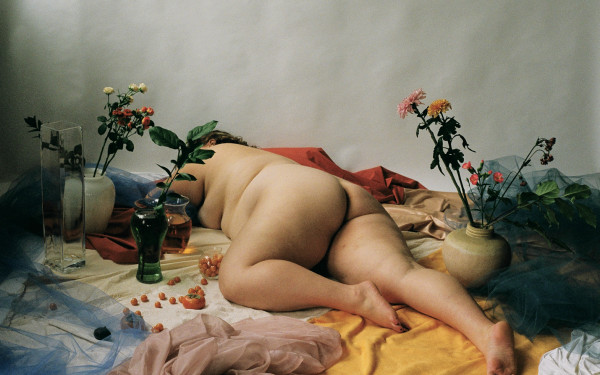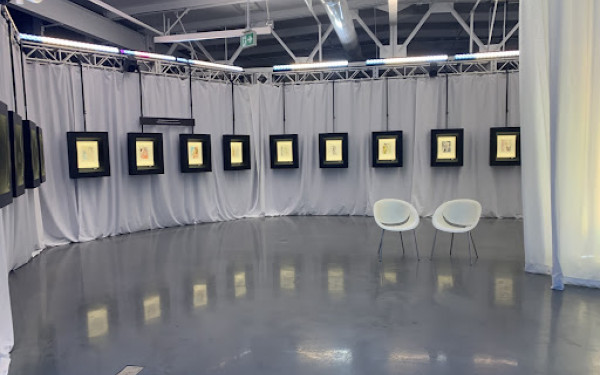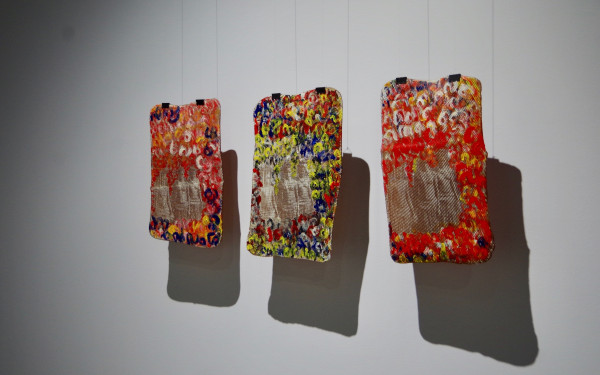The LACUNA-LACUNE exhibition: where post-consumer waste merges with nature
Concordia’s FOFA Gallery showcases Andréanne Abbondanza-Bergeron’s latest exhibition
The Faculty of Fine Arts Gallery reopened its doors Oct. 1 with Concordia alumni Andréanne Abbondanza-Bergeron’s LACUNA-LACUNE exhibition, her biggest show yet.
After having been closed since March 2020, gallery director Nicole Burisch said coming back had “this kind of apocalyptic abandoned feeling.”
Part of the exhibition is featured on Ste. Catherine St. W. where a photograph of a disco ball hangs in what appears to be an empty space. Abbondanza-Bergeron began the creative process for LACUNA-LACUNE before the pandemic. The pandemic drove her to reshape her work since the access to her creative studio was revoked with the quarantine, but the photograph remained a part of the exhibition.
Abbondanza-Bergeron’s sculptures play with the space, infrastructures, and how the observer places themselves in the given surroundings.
“[I wanted to express the] feeling of experiencing what is missing,” said Abbondanza-Bergeron when explaining feelings she dealt with even before the pandemic.
Ironically, the pandemic only enhanced that feeling of loneliness, making the photograph reminiscent of a pre-pandemic lifestyle.
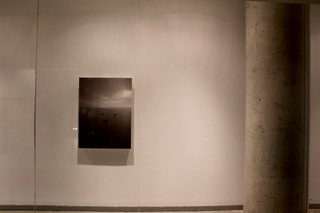
Entering Concordia’s Engineering and Visual Arts building from Mackay St. visitors are welcomed by a series of photographs taken during the pandemic. Originally looking for inspiration for her art in nature, she noticed instances of post-consumer waste contrasting with its immediate environment, which then led her to change her approach for the exhibition.
The sequence of photographs focuses on smaller details such as bright blue broken glass scattered across the forest, as well as bigger yet almost invisible debris floating by the horizon where water meets the sky. It provides a moment for the viewer to reconsider the ecological footprint they leave behind.
The pandemic pushed Abbondanza-Bergeron out of her usual creative space which consequently meant she had to find alternative ways of creating. Initially working with sculptures, Abbondanza-Bergeron elected to showcase her photographs as well as architecture in this exhibit. The showing of the exhibit also had to be postponed due to the pandemic.
Abbondanza-Bergeron’s work is strongly inspired by architecture and the various structures surrounding us, and her main piece succeeds in forcing the viewer to reconsider their relationship with their surrounding space.
Read more: Beatriz Santiago Muñoz’s ‘Poetic Disorder’ connects decolonization, the climate crisis and feminism
Read more: Livart Gallery’s ‘Soft House’ invites visitors into the peaceful realm of textile art
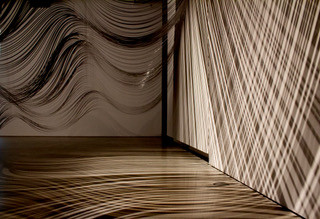
For her main piece, she was inspired to use steel for the piece, as the material itself underwent tremendous fluctuations during the pandemic. According to Fortune magazine, the price went up by 215 per cent during the pandemic, mostly due to drastic changes in consumer needs. She used 750 lbs. of steel, in the form of 440 metal ribbons for a total length nearing 5.5 km. It took her and three other people six weeks to complete the installation.
“[It’s like an] overwhelming pressure cascading towards you,” said Abbondanza-Bergeron when describing the piece.
The use of space itself as a part of her art allows visitors to move around and underneath the sculpture. It grants a unique perspective and an impression of being sheltered by the same structure that conveyed a much different feeling when standing outside it.
“[The economic system] is clearly unsustainable both for the environment, but also at a human level.” — Nicole Burisch
The central piece reflects in many ways the fluidity of nature–the movement of water and tides, and the unpredictability of winds–while also hinting at more environmental statistical data. “[One can sense] a kind of urgency or unease that it brings out,” said Burisch about Abbondanza-Bergeron’s main piece .
“[Abbondanza-Bergeron] could not make a piece without taking in consideration the time we live in,” said Burisch when explaining the exhibit deals with global warming issues. “[The economic system] is clearly unsustainable both for the environment, but also at a human level.”
Abbondanza-Bergeron, who graduated with a masters of fine arts in sculpture at Concordia University, was the 2017 recipient of the Claudine and Stephen Bronfman Fellowship. Founded in 2009, the fellowship awards two emerging artists each year–one from Concordia University and one from UQAM– with the necessary support to successfully transition from an academic to a professional environment. The foundation grants the artist freedom to explore and create by financially supporting them over two years.
The exhibition is available for all to visit until Nov. 5 and the catalogue will be launched Nov. 4. Follow their events on the FOFA Gallery Facebook page.

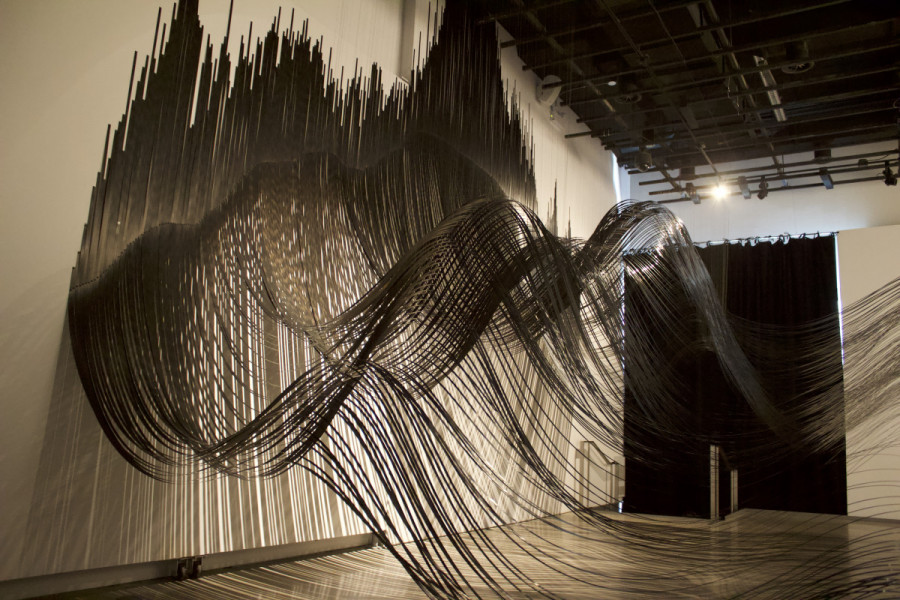
_600_832_s.png)

